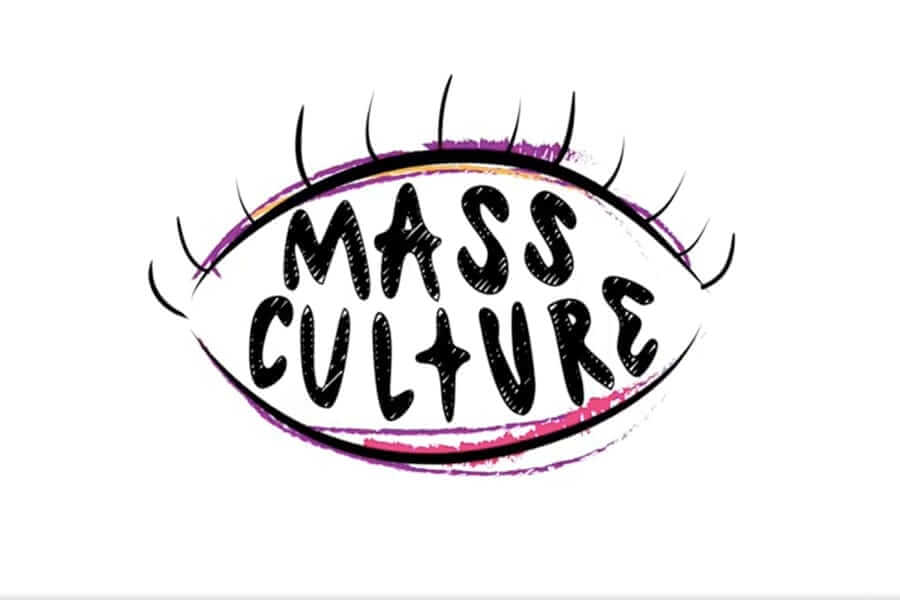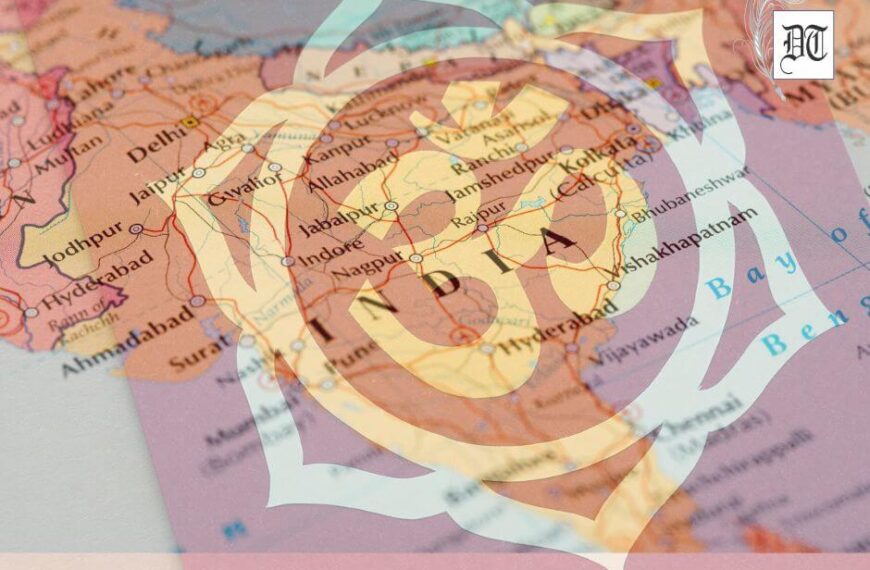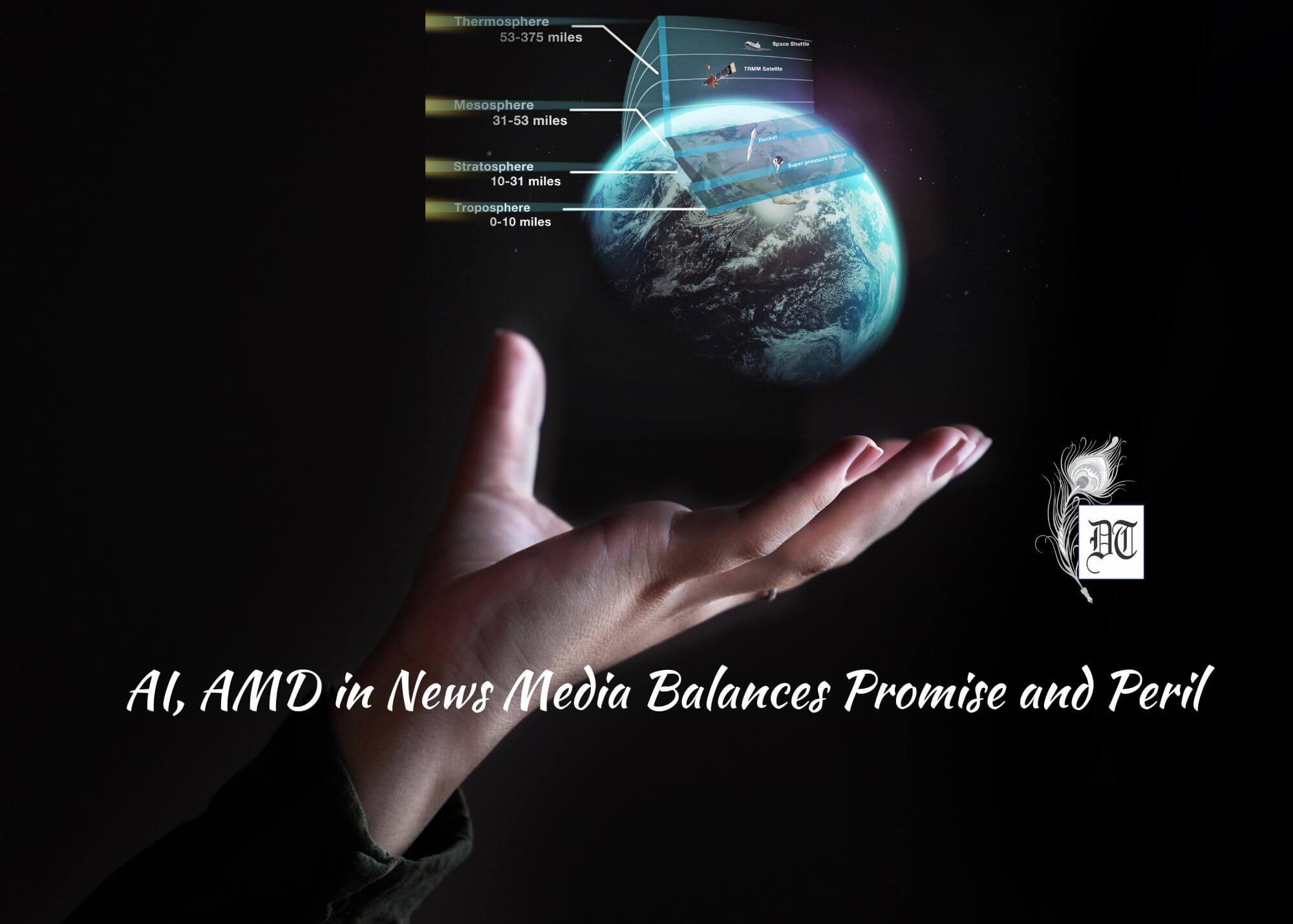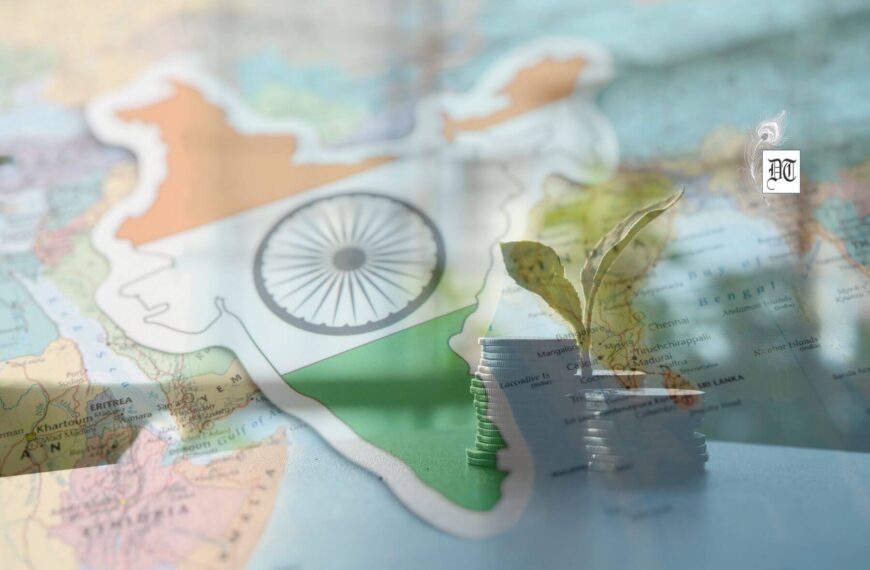As media becomes a platform for debates and discussions, Navodita analyses what ‘mass’ and ‘culture’ mean in ‘mass culture’. An exclusive for Different Truths.
 While American election primaries are underway, back home Yogi Adityanath’s government presented the state budget drawing critics for having presented an anti-farmer budget, one that is focused on urban development and expressways. Media has thus become a platform for debates and discussions for the common man, vent their grievances and get their problems resolved. It acts as a catalyst for change. One thing that is most important in today’s media industry is that it is no longer a place reserved for just the creative talent, it has also been attracting a whole lot of geeks with its shift towards Artificial Intelligence, and informatics becoming a part of it. Hence the technological determinism in today’s day and age.
While American election primaries are underway, back home Yogi Adityanath’s government presented the state budget drawing critics for having presented an anti-farmer budget, one that is focused on urban development and expressways. Media has thus become a platform for debates and discussions for the common man, vent their grievances and get their problems resolved. It acts as a catalyst for change. One thing that is most important in today’s media industry is that it is no longer a place reserved for just the creative talent, it has also been attracting a whole lot of geeks with its shift towards Artificial Intelligence, and informatics becoming a part of it. Hence the technological determinism in today’s day and age.
The understanding of this ‘mass culture’ depends on our point of view and on what ‘culture’ means to us. Thus the term ‘mass culture’ can be used pejoratively or positively
However, along with this, ‘globalisation’ has become even more relevant due to social media and the Internet bridging cultures and distances. There is a certain culture born with it. The understanding of this ‘mass culture’ depends on our point of view and on what ‘culture’ means to us. Thus the term ‘mass culture’ can be used pejoratively or positively. The ‘mass’ is the rabble, the uncouth, illiterate and uncultured lot; the ‘mass’ is also vast, homogenous, scattered, anonymous. But from a positive perspective, the mass is volatile, dynamic, revolutionary; what Carl Sandburg in his poem, ‘The People, Yes’, termed the ‘teeming, seething mass’.
The concept of ‘mass culture’ (popularised by neo-Marxist social theorists of the Frankfurt School) refers to a whole range of popular activities and artefacts- to entertainments, spectacles, music, books, comics, films — but it has become identified with the typical content of the mass media, and especially with the fictional, dramatic and entertainment material which they provide. So ‘mass culture’ according to this, has little reference to the culture of the masses, that is the vast general population of a nation. It primarily refers to the ‘content’ of radio, TV, cinema and the press. What then is the relationship between this ‘mass culture’ of the media and the people’s own cultures?
The reach of the mass media is so limited in India that one wonders what relevance Denis McQuail’s description of mass culture has to our society. ‘Mass’ culture in our country is still by and large the one that prevails in our villages where over 70% of our people live
The reach of the mass media is so limited in India that one wonders what relevance Denis McQuail’s description of mass culture has to our society. ‘Mass’  culture in our country is still by and large the one that prevails in our villages where over 70% of our people live, and where Indian culture is barely touched by the mass media, except perhaps in South India. Folk media continue to provide the main source of entertainment, and also of instruction and education in religious, social, economic and political matters. While there are a great variety of folk forms in every region, and numerous languages and dialects in which they are presented, the themes have their source in the two epics, the Ramayana and the Mahabharata. The Muslims who make up the second largest religious community in the country have preserved their own traditional folk forms like the Ghazal, the Qawwali and the Mushaira. The tribals, too, continue to entertain themselves with age-old folk songs and folk dances. The mass media, have, however, entered into the lives of the upper and middle classes in cities and towns. The cinema is the most popular entertainment, as is evident from the production of nearly a thousand films a year, and the screening of them in over 12,500 theatres. This popularity is also seen in the number of film-oriented programmes on Vividh Bharti and Doordarshan, as well as on the many cable and satellite television channels.
culture in our country is still by and large the one that prevails in our villages where over 70% of our people live, and where Indian culture is barely touched by the mass media, except perhaps in South India. Folk media continue to provide the main source of entertainment, and also of instruction and education in religious, social, economic and political matters. While there are a great variety of folk forms in every region, and numerous languages and dialects in which they are presented, the themes have their source in the two epics, the Ramayana and the Mahabharata. The Muslims who make up the second largest religious community in the country have preserved their own traditional folk forms like the Ghazal, the Qawwali and the Mushaira. The tribals, too, continue to entertain themselves with age-old folk songs and folk dances. The mass media, have, however, entered into the lives of the upper and middle classes in cities and towns. The cinema is the most popular entertainment, as is evident from the production of nearly a thousand films a year, and the screening of them in over 12,500 theatres. This popularity is also seen in the number of film-oriented programmes on Vividh Bharti and Doordarshan, as well as on the many cable and satellite television channels.
The Indian cinema has the qualities of a mass culture product and often gives rise to a ‘mass culture’ among the general population. As understood by western sociologists, mass culture has three main features:
- Immense popularity among all classes, but particularly among the working class in industrial societies
- Mass production and mass distribution
- Unlike ‘elite’ or high culture it aesthetic and literary standards are low, and commercialised, as its mass produced programmes aim at the mass market
A more balanced approach to the more popular forms of various cultures, would make for a more realistic evaluation of the relationship between the mass media and popular culture.
A more balanced approach to the more popular forms of various cultures, would make for a more realistic evaluation of the relationship between the mass media and popular culture. Do television audiences, for instance, watch a soap opera or a sitcom as a ‘mass’ or rather as members of a cultural community, in terms of what James Lull calls ‘intepretative communities’? Theorists of mass culture (like those of Frankfurt School) assumed that audiences were passive absorbers of media messages; ethnographic and qualitative research since the mid-1980s suggests otherwise, that audiences often negotiate, resist and even poach the texts that they read; far from being ‘dupes’, audiences ‘appropriate’ the messages in terms of their own experiences and cultures and interests. This proves even more true in today’s era of social media where interests and cultures are engaged across common platforms — the Internet.
This is evident in major social and political exercises in various countries- elections recently in the U.K. have been affected by the votes of immigrant communities and especially those from Asia. Cultures are getting transferred through the internet and that is the reality. As racial identities get redefined, even cultural identities are getting a new definition with ‘global citizen’ being the new identity. The sooner we realise this, the better.
Photo from the Internet






 By
By
 By
By

 By
By